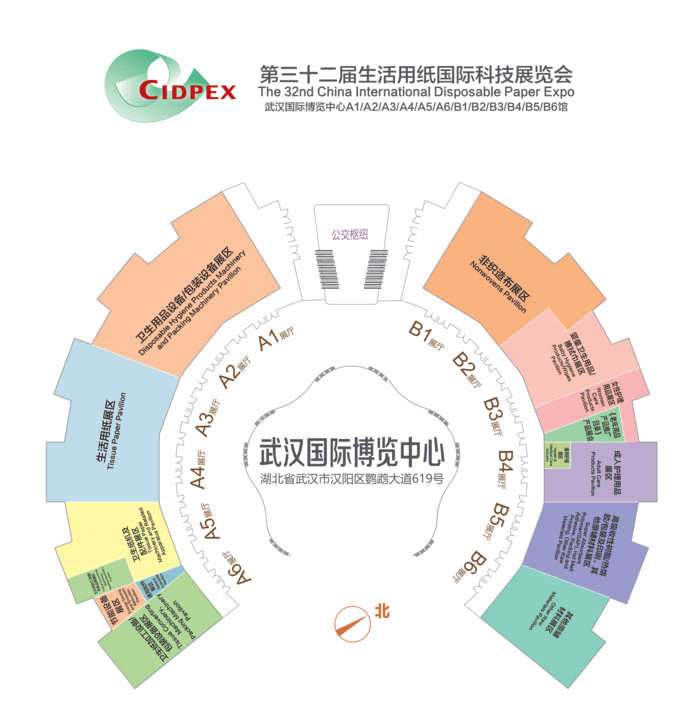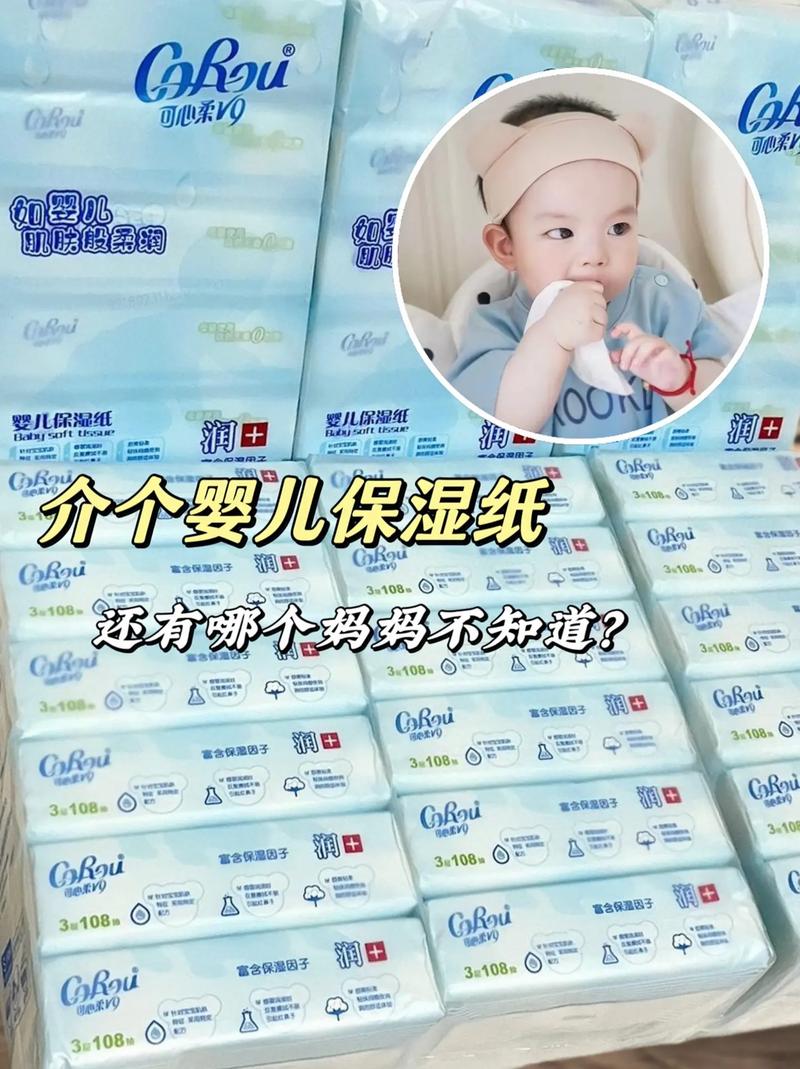Which Material is Best for Tissue Paper? These Tips Will Teach You How to Choose Good Tissue Paper
Toilet paper is one of the essential items for every household, and choosing a highly practical one is important for everyone. So, what kind of tissue paper has the best quality?

How should one choose tissue paper?
1. Does the Price Determine the Quality of Tissue Paper?
Tissue paper is categorized into three grades: premium, first-class, and qualified. Their softness, absorbency, and toughness vary. Premium grade is the best, followed by first-class, and qualified is the lowest. Many indicators of qualified grade do not even reach half of those of the first-class grade, making it naturally cheaper.
2. The Difference Between 100% Virgin Pulp and 100% Pure Wood Pulp
Virgin wood pulp paper uses new raw materials, whereas pure wood pulp paper may include recycled or regenerated second-hand materials. The cheaper the paper, the poorer the disinfection environment. If recycled paper is used, the quality is predictably low.
3. Is Whiter Tissue Paper Better?
Normal tissue paper colors should be ivory white or natural white. Extremely white tissue paper may contain fluorescent agents, making it unqualified. Long-term use can easily cause health issues.
4. Are Scented and Printed Tissues Safe?
Scented and printed tissues are best used only for wiping hands, as they contain pigments and fragrances that, if used to wipe the mouth, can easily enter the body and impact health.
5. What is the Shelf Life of Tissue Paper?
The shelf life of tissue paper is generally 2 to 3 years. Once opened, tissue paper is exposed to the air and susceptible to bacteria from all directions. To ensure safe use, it should be used within three months of opening. If not used up, leftover tissue can be used to wipe glass or furniture.
6. Do Not Mix Use Toilet Paper and Napkins
Toilet paper, commonly known as toilet tissue, is primarily used in the bathroom and has lower material and bacterial standards than napkins, making it unsuitable for wiping the mouth or face. Additionally, toilet paper disintegrates easily in water and can be flushed, unlike paper napkins which do not meet these criteria.

Methods to Determine the Quality of Tissue Paper
1. Touch Feel
Good tissue paper has a high wood pulp content, making it feel fine and soft, and it does not easily shed powder or lint. Inferior tissue paper feels hard, loose, and easily sheds powder or lint.
2. Compare Toughness
Take a piece of virgin wood pulp tissue, and pull it slightly. It will show wrinkles but will not break. Poor-quality tissue, with low wood pulp content and poor toughness, will tear easily with a little force.
3. Observe Burning Behavior
Tissue paper with excessive fluorescent agents will leave white or black ash when burned, while normal, qualified tissue paper will burn to a natural gray ash.
4. Test Soak State
Good tissue paper has high density and toughness, remaining intact and not easily deformed or loosened even when soaked in water.
Industry Insights
- Sustainability Trends
The tissue paper industry is increasingly focusing on sustainability and environmental impact. Manufacturers are adopting eco-friendly practices such as using recycled materials and sustainable sourcing. Bamboo pulp tissue is gaining popularity as an environmentally friendly alternative to traditional wood pulp, as bamboo grows faster and requires fewer resources.
- Technological Advancements
Advancements in production technology have led to the creation of tissue papers that are both soft and strong without the need for harmful chemicals. Technologies such as advanced pulping and bleaching methods ensure that the final product is free from chlorine and other harmful substances, making them safer for both users and the environment.
- Health and Safety Standards
There is a growing emphasis on health and safety standards in the tissue paper industry. Premium brands now ensure that their products are hypoallergenic, free from dyes and fragrances, and suitable for sensitive skin. Regulatory bodies are also imposing stricter guidelines to ensure that tissue papers meet safety standards, reducing the risk of contamination and ensuring high hygiene levels.
- Market Dynamics
The global tissue paper market is expanding rapidly, driven by increasing awareness of hygiene and sanitation. The rise in disposable income and changing lifestyles, particularly in emerging economies, has led to higher demand for high-quality tissue paper products. This growth is accompanied by increased competition among brands, leading to better quality and innovation in products.
- Consumer Preferences
Consumers are becoming more discerning and knowledgeable about the products they use. There is a noticeable shift towards products that are not only effective but also environmentally responsible. Brands that offer transparency about their sourcing and manufacturing processes, and that highlight their commitment to sustainability, are gaining consumer trust and loyalty.
By understanding these industry trends and insights, consumers can make more informed choices about the tissue paper they purchase, ensuring they select products that meet their needs while also supporting environmental sustainability and health standards.







